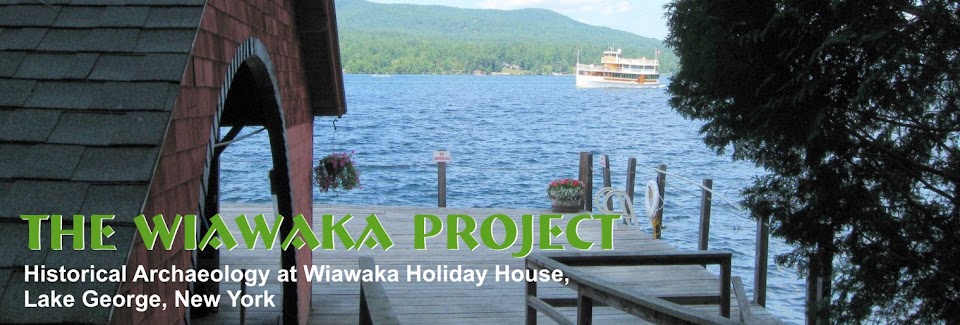 | ||
| Clam shell from Area 1. Pieces with the hinge portion are cleaned and kept; the non-diagnostic pieces are counted, weighed, and discarded. |
Why cull? There is a real shortage of storage space for archaeological collections; museums and other repositories are literally bursting at the seams. Yet, it is still important to preserve important archaeological collections. One way to help is to cull non-diagnostic materials from collections so that you minimize the amount of storage space needed while maximizing the information held within the collection.
When we were in the field, we kept all the non-diagnostic materials. I wanted to know how much of what I was getting from the different levels and areas of the site (sometimes archaeologists will just take a sample in the field and not collect the rest, but I wanted to get at quantity not just presence). Now that I'm working in the lab, I am culling these. The culling process for this project includes keeping a very small sample (a few pieces) for reference, then counting and weighing the artifacts I'm not keeping (counting gives how many pieces, counts with weights allows for a sense of the average size of the pieces; combined with the total mass these allow for comparison across the site).
Some examples of things culled (all sampled, counted, weighed):
Brick: samples of brick kept. If there were different types of brick, samples of each kept. Preference for pieces of brick with exterior edges so that information on the manufacture was available. Where present, whole bricks (or mostly whole bricks) were kept for measurement. Once measurements are taken, these will also be culled.
Mortar: samples of mortar kept. Again, where different types of mortar are present, samples of each.
Clam shell: All clam shell with the hinge portions were kept, as this is the area that provides the most information. All non-hinge pieces were discarded.
Coal/clinker/charcoal: Samples of each kept.
 |
| A bag of flat metal waiting to be sorted into keepers and pieces for culling. |
Foundation stone: Samples of architectural stone are kept, with the rest counted/weighed/discarded. Much of the foundation stone that has been recovered exploded from the head of the hotel fire.
All together, so far, over 1,000 lbs of artifacts have been culled from the Wiawaka collection, with more to go as I work through the rest of the boxes.
